33. Meng, Z.; Jones C.; Farid S.; Khan I. U.; Nelson H. M.,* Mirica, K. A.* Unraveling the Electronic Structure and Chemiresistivity of Two Dimensional Conductive Metal-Organic Framework Cu3(C6O6)2 Using Microcrystal Electron Diffraction. Angew. Chem. Int. Ed. 2022, 61, e202113569.

32. Aykanat, A.;† Meng, Z.;† Stolz, R. M.; Morrell C. T.; Mirica, K. A.* Bimetallic Two-Dimensional Metal–Organic Frameworks for the Chemiresistive Detection of Carbon Monoxide. Angew. Chem. Int. Ed. 2022, 61, e202113665. († equal contribution)

31. Eagleton, A. M.; Ko, M.; Stolz, R. M.; Vereshchuk, N.; Meng, Z.; Mendecki, L.; Levenson, A. M.; Huang, C.; MacVeagh, K. C.; Mahdavi-Shakib, A.; Mahle, J. J.; Peterson, G. W.; Frederick, B. G.; Mirica, K. A.* Fabrication of Multifunctional Electronic Textiles Using Oxidative Restructuring of Copper into a Cu-based Metal–Organic Framework. J. Am. Chem. Soc. 2022, 144, 23297–23312.

30. Wang, H.; Liu, X.; Yang, W.; Mao, G.; Meng, Z.; Wu, Z.; Jiang, H-L* Surface-Clean Au25 Nanoclusters in Modulated Microenvironment Enabled by Metal-Organic Frameworks for Enhanced Catalysis. J. Am. Chem. Soc. 2022, 144, 22008-22017.

29. Meng, Z.; Mirica, K. A.* Covalent Organic Frameworks as Advanced and Multifunctional Materials for Chemical Detection. Chem. Soc. Rev. 2021, 50, 13498–13558.

28. Meng, Z.; Mirica, K. A.* Two-Dimensional d-π Conjugated MOF based on Hexahydroxyltrinaphthylene. Nano Res. 2021, 14, 369–375.

27. Aykanat, A.; Jones, C. G.; Cline, E.; Stolz, R. M.; Meng, Z.; Nelson, H. M.* Mirica K. A.* Conductive Stimuli-Responsive Coordination Network Linked with Bismuth for Chemiresistive Gas Sensing. ACS Appl. Mater. Interfaces. 2021, 13, 60306−60318.

26. Meng, Z.;† Luo, J.M.;† Li, W.;* Mirica, K. A.* Hierarchically Reticular Tuning the Performance of Electro-chemical Reduction of Carbon Dioxide Using Conductive Two-Dimensional Metallophthalocyanine Based Metal−Organic Frameworks. J. Am. Chem. Soc. 2020. 142, 52, 21656–21669. († equal contribution)

25. Aykanat, A.; Meng, Z.; Mirica, K. A.* Molecular Engineering of Multifunctional Metallophathlocyanine and Metalloporphyrin Electrochemically Active Framework Materials. Chem. Mater. 2020, 32, 5372–5409.
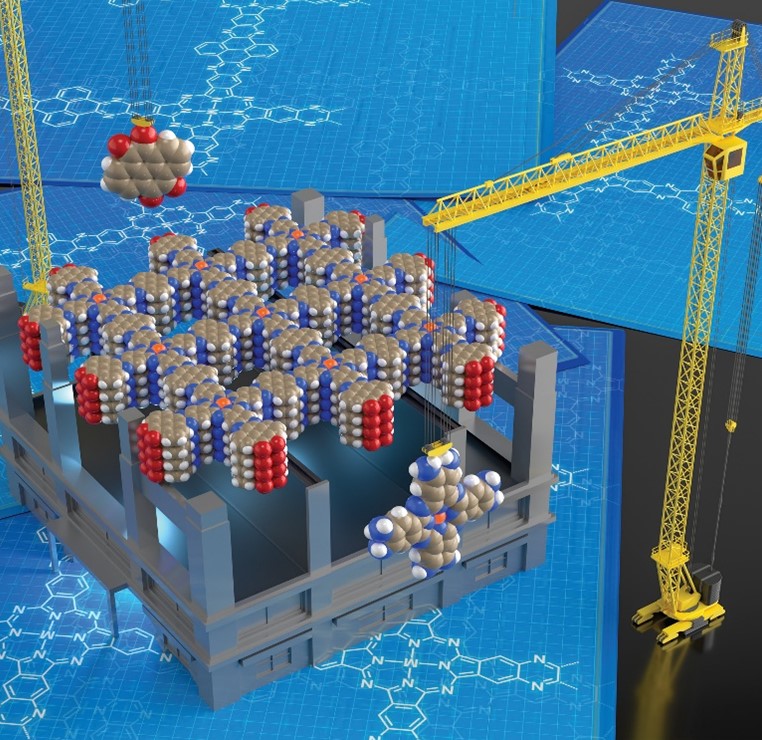
24. Ko, M.; Mendecki, L.; Eagleton, A.; Durbin, C. G.; Stolz, R. M.; Meng. Z.; Mirica, K. A.* Employing Conductive Metal–Organic Frameworks for Voltammetric Detection of Neurochemicals. J. Am. Chem. Soc. 2020, 142, 11717–11733.

23. Meng, Z.; Stolz, R. M.; Mirica, K. A.*Two-Dimensional Chemiresistive Covalent Organic Framework with High Intrinsic Conductivity. J. Am. Chem. Soc. 2019, 141, 11929–11937.

22. Meng, Z.; Aykanat, A.; Mirica, K. A.* Welding Metallophthalocyanines into Bimetallic Molecular Meshes for Ultra-Sensitive, Low-Power Chemiresistive Detection of Gases. J. Am. Chem. Soc. 2019, 141, 2046–2053.

21. Meng, Z.;† Stolz, R. M.;† Mendecki, L.;† Mirica, K. A.* Electrically-Transduced Chemical Sensors Based on Two-Dimensional Nanomaterials. Chem. Rev. 2019, 119, 478–598. († equal contribution)
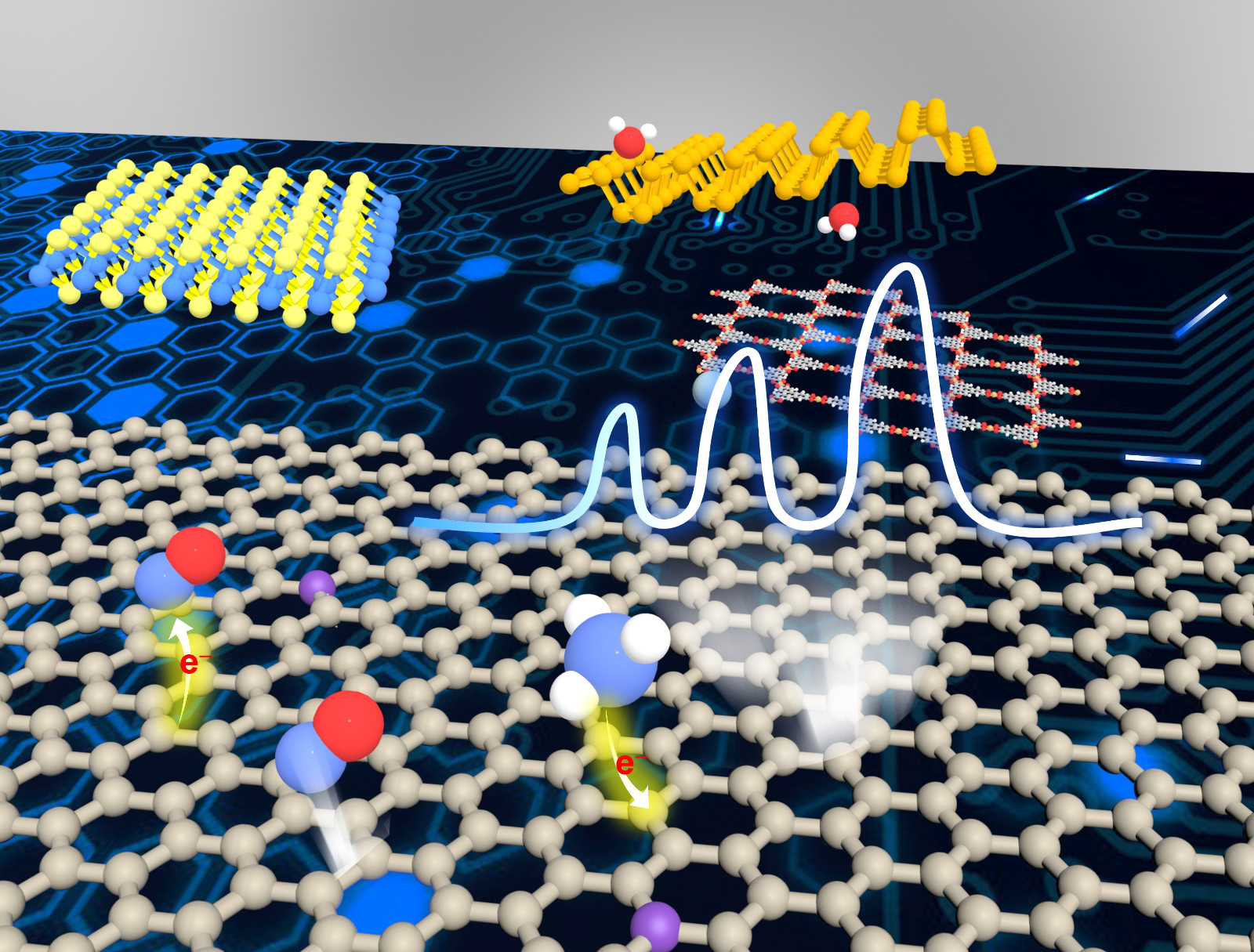
20. Meng, Z.; Aykanat, A.; Mirica, K. A.* Proton Conduction in 2D Aza-Fused Covalent Organic Frameworks. Chem. Mater. 2019, 31, 819–825.

19. Shi, Q.; Meng. Z.; Xiang, J.-F.; Chen, C.-F.* Efficient Control of Movement in Non-photoresponsive Molecular Machines by a Photo-induced Proton-transfer Strategy. Chem. Commun. 2018, 54, 3536–3539.
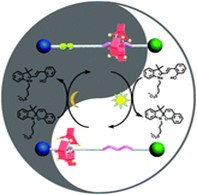
18. Mendecki, L.; Ko, M.; Zhang, X.; Meng, Z.; Mirica, K. A.*Porous Scaffolds for Electrochemically Controlled Reversible Capture and Release of Ethylene. J. Am. Chem. Soc. 2017, 139, 17229–17232.

17. Meng, Z.; Xiang, J.-F.; Chen, C.-F.* Directional Molecular Transportation Based on a Catalytic Stopper-Leaving Rotaxane System. J. Am. Chem. Soc. 2016, 138, 5652–5658.

16. Meng, Z.; Wang, B.-Y.; Xiang, J.-F.; Shi, Q.; Chen, C.-F.* Self-Assembly of a [2]Pseudorotaxane by an Inchworm-Motion Mechanism. Chem. Eur. J. 2016, 22,15075 –15084.

15. Wang, H.-X.; Meng, Z.; Xiang, J.-F.; Xia, Y.-X.; Sun, Y.; Hu, S.-Z.; Chen, H.; Yao, J.; Chen, C.-F.* Guest-Dependent Directional Complexation Based on Triptycene Derived Oxacalixarene: Formation of Oriented Rotaxanes. Chem. Sci., 2016, 7, 469–474.

14. Zhang, G.-W.; Li, P.-F.; Meng, Z.; Wang, H.-X.; Han, Y.; Chen, C.-F.* Triptycene-Based Chiral Macrocyclic Hosts for Highly Enantioselective Recognition of Chiral Guests Containing a Trimethylamino Group. Angew. Chem. Int. Ed. 2016, 128, 5390–5394.
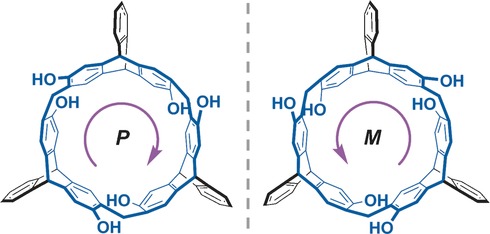
13. Wang, H.-X.; Hu S.-Z.; Meng, Z.; Han, Y.; Chen, C.-F.* Synthesis and Structures of Triptycene-Derived Oxacalixarenes with Expanded Cavities: Tunable and Switchable Complexation Towards Bipyridinium Salts. Chem. Asian. J. 2016, 11, 2756–2762.
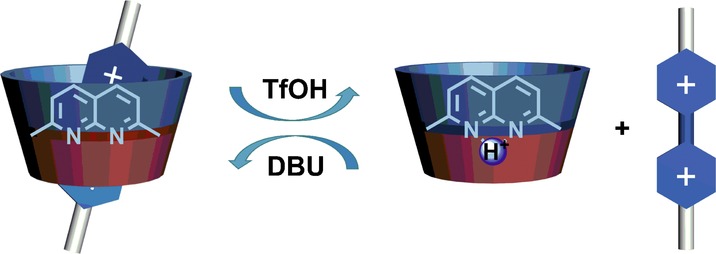
12. Han, Y.; Meng, Z.; Ma, Y.-X.; Chen, C.-F.* Acid/Base Controllable Complexation of a Triptycene-Derived Macrotricyclic Host and Protonated 4,4′-Bipyridinium/Pyridinium Salts. Chem. Commun. 2016, 52, 590–593.

11. Meng, Z.; Han, Y.; Wang, L.-N.; Xiang, J.-F.; He, S.-G.; Chen, C.-F.* Stepwise Motion in a Multivalent [2](3)Catenane. J. Am. Chem. Soc. 2015, 137, 9739–9745.

10. Meng, Z.; Chen, C.-F.* A Molecular Pulley Based on a Triply Interlocked [2]Rotaxane. Chem. Commun. 2015, 51, 8241-8244.

9. Han, Y.; Meng, Z.; Chen, C.-F.* Complexation of Triptycene-Derived Macrotricyclic Host with π-Extended Viologens. Acta Chim. Sinica. 2015, 73, 1147–1152.

8. Ma, Y.-X.; Meng, Z.; Chen, C.-F.* Synthesis of Substituted Iptycenes. Synlett. 2015, 26, 6–30.

7. Meng, Z.; Chen, C.-F.* Highly Efficient Synthesis of a Tristable Molecular Shuttle and Its Controlled Motion under Chemical Stimuli. Org. Biomol. Chem. 2014, 12, 6937–6943.

6. Meng, Z.; Xiang, J.-F.; Chen, C.-F.* Tristable [n]Rotaxanes: From Molecular Shuttle to Molecular Cable Car. Chem. Sci. 2014, 5, 1520-1525.

5. Han, Y.; Meng, Z.; Ma, Y.-X.; Chen, C.-F.* Iptycene-Derived Crown Ether Hosts for Molecular Recognition and Self-Assembly. Acc. Chem. Res. 2014, 47, 2026–2040.

4. Ma, Y.-X.; Meng, Z.; Chen, C.-F.* A Novel Pentiptycene Bis(Crown Ether)-Based [2](2)Rotaxane Whose Two DB24C8 Rings Act as Flapping Wings of a Butterfly. Org. Lett. 2014, 16, 1860–1863.

3. Zeng, F.; Meng, Z.; Han, Y.; Chen, C.-F.* Formation of a “Pseudosuitane”-Type Complex Between a Triptycene-Derived Bis(crown ether) Host and 10-(anthracene-9,10-diyl)bis(N-benzylmethanaminium): A New Method for the Synthesis of Linear Polyrotaxanes. Chem. Commun. 2014, 50, 7611–7613.

2. Gu, Y.-K.; Zeng, F.; Meng, Z.; Chen, C.-F.* Triptycene-Derived Macrotricyclic Polyether Containing an Anthracene Unit as a Powerful Host for 1,2-Bis(pyridium)ethane, Diquat and 2,7-Diazapyrenium Salt. Org. Biomol. Chem. 2014, 12, 2850–2853.

1. 《超分子组装:结构与功能》第九章, 科学出版社, 2014年.

